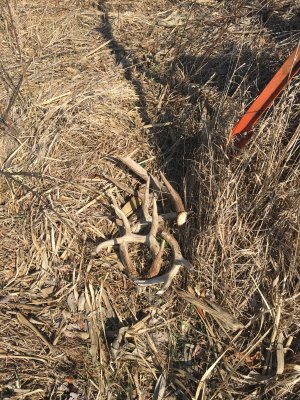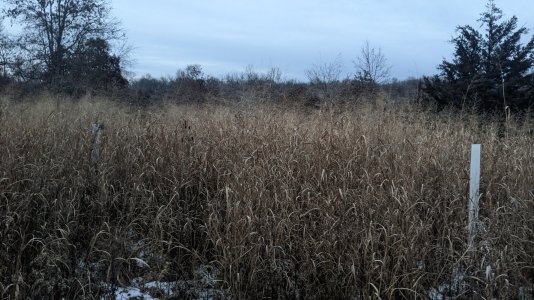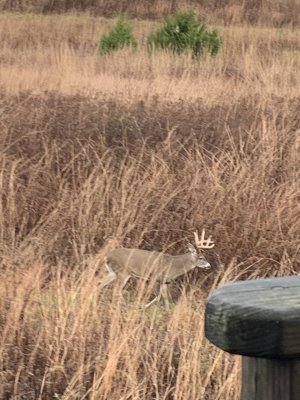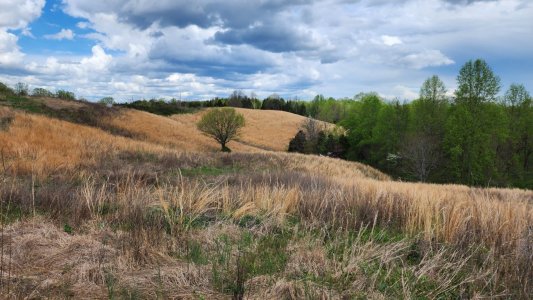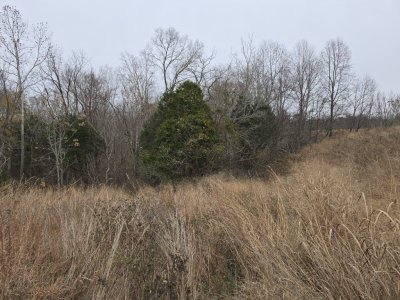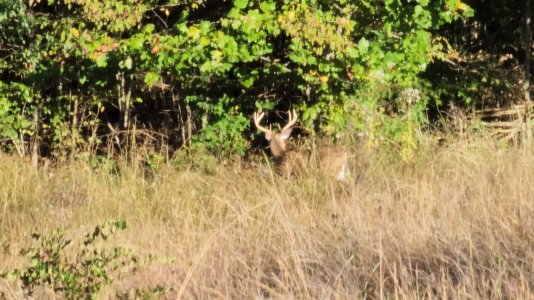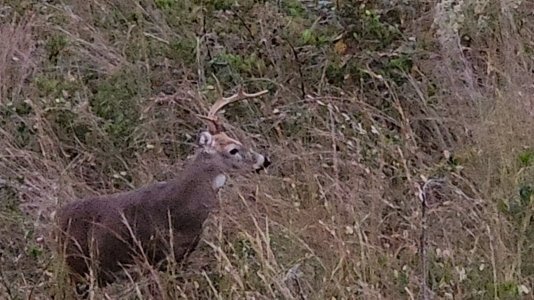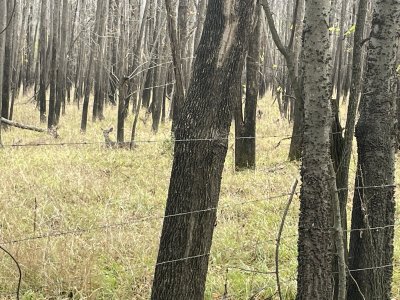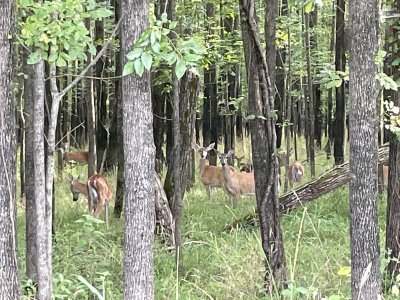SD51555
5 year old buck +
I saw a YT video tonight that questioned the effectiveness of switch as a top choice bedding medium. Now, for context, let's say we're talking about the big woods, and not farm country that has one tree per 4 square miles. I will concede, where there is no cover in plowed field country, switch will likely do outstanding. But let's talk about other places.
What are the elements of a first class bedding location? I don't know for certain, but here's what comes to my mind:
*Complete visual seclusion
*Gives the deer a vantage point to see danger coming from downwind
*Multiple escape routes in the event of ambush
*Reliable winds enable scenting danger from behind
I wonder if there are really vantage points in tall switch, and multiple escape routes. Am I way out in left field on this?
What are the elements of a first class bedding location? I don't know for certain, but here's what comes to my mind:
*Complete visual seclusion
*Gives the deer a vantage point to see danger coming from downwind
*Multiple escape routes in the event of ambush
*Reliable winds enable scenting danger from behind
I wonder if there are really vantage points in tall switch, and multiple escape routes. Am I way out in left field on this?

